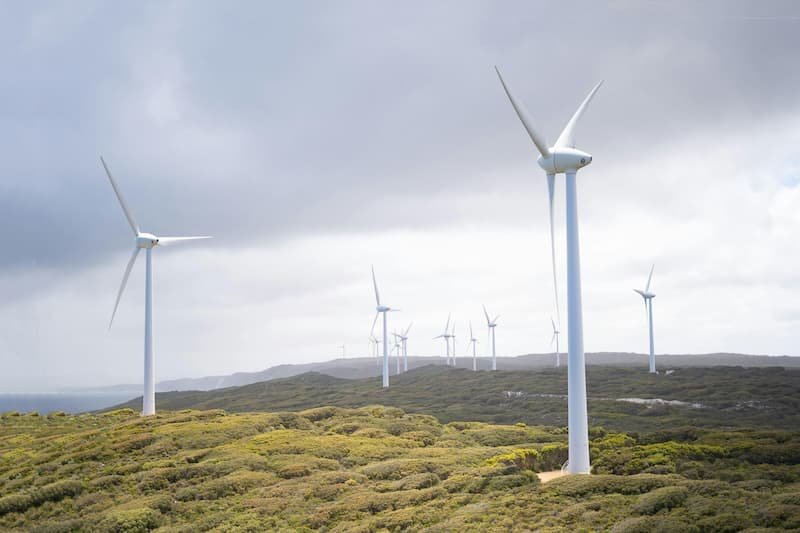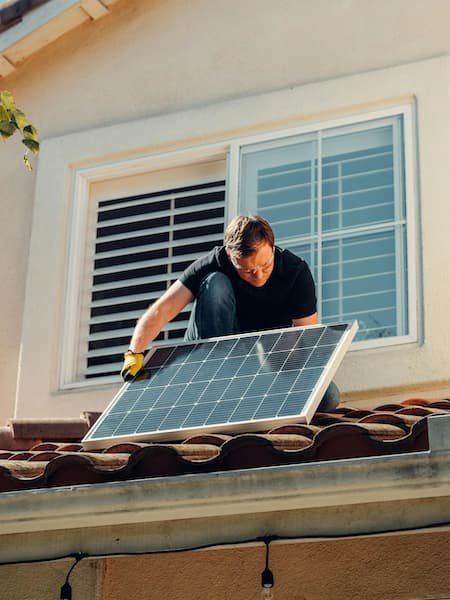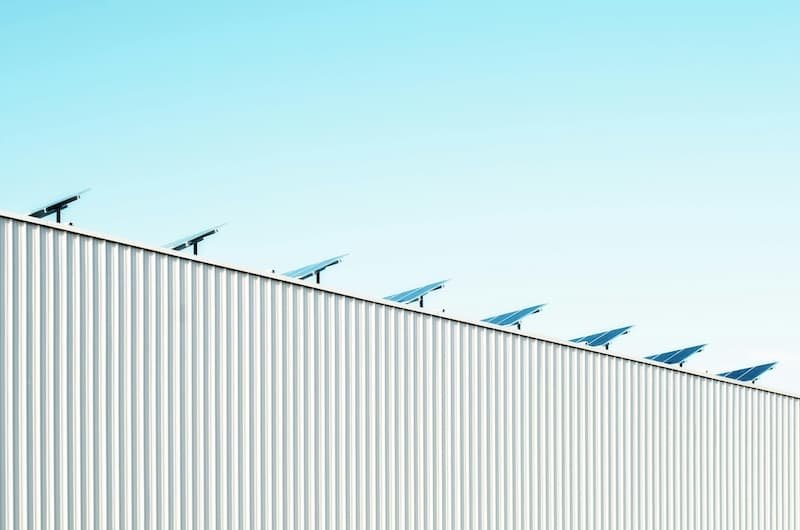
 Katie Wood
Freediver, Writer, Explorer
Katie Wood
Freediver, Writer, Explorer

 Katie Wood
Freediver, Writer, Explorer
Katie Wood
Freediver, Writer, Explorer
In recent years, the global energy landscape has undergone a remarkable transformation. Wind and solar power have emerged as the fastest-growing sources of electricity, reshaping economies, influencing policy decisions, and offering a sustainable alternative to fossil fuels. This surge is not merely a trend but a testament to technological advancements, economic incentives, and a collective commitment to addressing climate change.
The International Energy Agency (IEA) reports that renewable energy consumption in the power, heat, and transport sectors is projected to increase by nearly 60% between 2024 and 2030. This growth is expected to elevate the share of renewables in final energy consumption to almost 20% by 2030, up from 13% in 2023. Electricity generation from renewable sources is anticipated to constitute more than three-quarters of this increase, driven by sustained policy support in over 130 countries, declining costs, and the expanding use of electricity in transportation and heating applications.
Solar power has been at the forefront of this expansion. In 2024, the world is on track to install 593 gigawatts (GW) of solar capacity, representing a 29% increase over the previous year. This surge follows an 87% growth in 2023 compared to 2022, underscoring the rapid adoption of solar technologies worldwide.
Wind energy has also experienced significant growth. The U.S. Energy Information Administration (EIA) forecasts a 6% increase in electricity generation from wind in 2024, while coal and natural gas are expected to continue their decline. Notably, states like Iowa and South Dakota have harnessed wind to generate more than half of their electricity needs, with Iowa producing nearly 60% and South Dakota about 55% of their electricity from wind in 2023.

One of the key factors behind the meteoric rise of renewable energy is the rapid advancement of technology. Innovations in solar panel efficiency, wind turbine designs, and energy storage solutions have dramatically lowered costs and increased accessibility. Next-generation solar panels, such as perovskite solar cells, are offering higher efficiency at lower costs. Additionally, bifacial panels, which capture sunlight from both sides, are becoming more prevalent, further improving output.
With land becoming scarce in some regions, floating solar farms are gaining traction. These installations on reservoirs and other water bodies not only generate clean energy but also reduce water evaporation and algae growth. Companies are also exploring airborne wind turbines that function like kites, reaching higher altitudes where winds are stronger and more consistent, potentially revolutionizing wind energy production. The development of advanced lithium-ion batteries, solid-state batteries, and other energy storage technologies is crucial for overcoming the intermittent nature of wind and solar power. These innovations are helping stabilize the grid and ensure a steady power supply even during low generation periods.

The United States has witnessed a record-breaking expansion in renewable energy. In 2024, the country added 48.2 GW of capacity from utility-scale solar, wind, and battery storage, marking a 47% increase from the previous year. This unprecedented growth is attributed to falling renewable costs and the historic incentives of the 2022 Inflation Reduction Act (IRA). China has led the global renewable charge, installing a record 357 GW of combined solar and wind power in 2024, achieving its 2030 renewable energy goal six years ahead of schedule. This rapid expansion underscores China's commitment to transitioning from coal to cleaner energy sources. India, as the world's third-largest renewable energy producer, has seen renewables account for 46.3% of its energy capacity as of October 2024. The country is on track to meet its goal of 500 GW of renewable energy capacity by 2030, reflecting its dedication to sustainable energy solutions.
The transition to renewable energy is not just an environmental necessity but also an economic opportunity. The renewable energy sector has become a major employment driver. In 2023, over 13.7 million people worldwide were employed in renewables, a number expected to rise as more countries invest in green energy. Jobs in solar and wind energy now outnumber those in coal power generation in many countries, contributing to economic stability.
The cost of producing electricity from renewables has dropped significantly. Solar and wind power are now the cheapest forms of electricity in most parts of the world, making them more attractive to investors and utilities. Countries that invest heavily in renewables reduce their dependence on imported fossil fuels, shielding themselves from geopolitical risks and price fluctuations. This shift enhances national security and strengthens local economies.

The shift toward renewable energy is not limited to governments and utilities; businesses and individual consumers are also driving demand. Major corporations like Google, Apple, and Amazon have pledged to power their operations entirely with renewable energy. Many are investing in large-scale solar and wind projects to offset their carbon footprints. Homeowners are increasingly adopting solar panels, aided by government incentives and financing options like solar leases and power purchase agreements. Advances in battery storage also allow households to store excess energy for use during peak hours or outages. The rise of electric vehicles is further integrating renewables into everyday life, as many charging stations now source power from solar or wind energy. Smart home technologies are also helping consumers optimize energy use, reducing reliance on nonrenewable sources.

Despite the positive trajectory, the renewable energy sector faces challenges. The intermittent nature of wind and solar power necessitates advancements in grid infrastructure and energy storage solutions to ensure reliability and stability. The wind industry, in particular, has encountered challenges such as high interest rates, material costs, supply chain disruptions, and local opposition, leading to stagnation in growth compared to solar energy. Political shifts can impact the continuity of support for renewable energy initiatives. Changes in administration priorities can lead to alterations in federal support, affecting the sector's growth trajectory.
Alchemy exemplifies corporate commitment to sustainability by exclusively utilizing solar energy to power its production processes, as it integrates renewable energy into its operations, significantly reducing its carbon footprint. This initiative not only underscores the company's dedication to environmental responsibility but also serves as a model for how businesses can adopt clean energy solutions to drive both innovation and sustainability.

The momentum behind wind and solar energy is undeniable. As technology continues to advance and costs decline, these renewable sources are poised to play an increasingly dominant role in the global energy mix. However, realizing their full potential requires concerted efforts to address existing challenges, including enhancing grid infrastructure, ensuring policy stability, and fostering international collaboration.
The transition to a sustainable energy future is not just an environmental imperative but also an economic opportunity. Embracing renewable energy can lead to job creation, technological innovation, and a more resilient energy system. As exemplified by companies like Alchemy, integrating renewable energy into business operations is both a strategic and responsible choice, paving the way for a cleaner and more prosperous future.